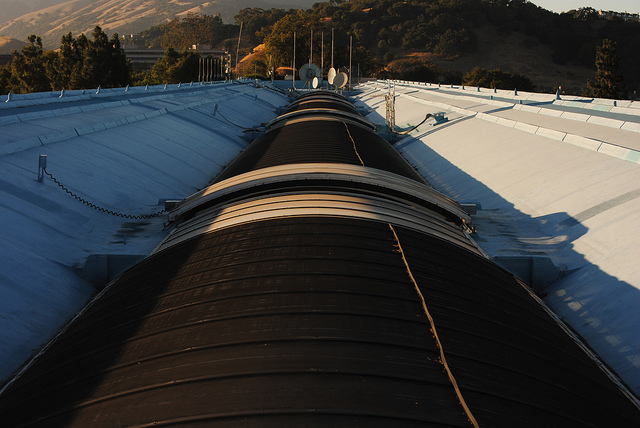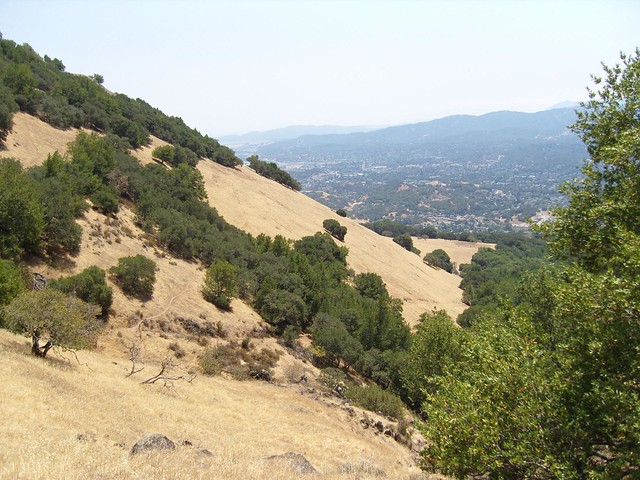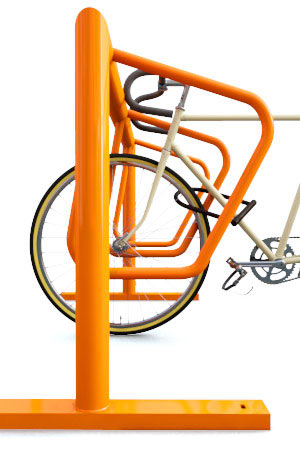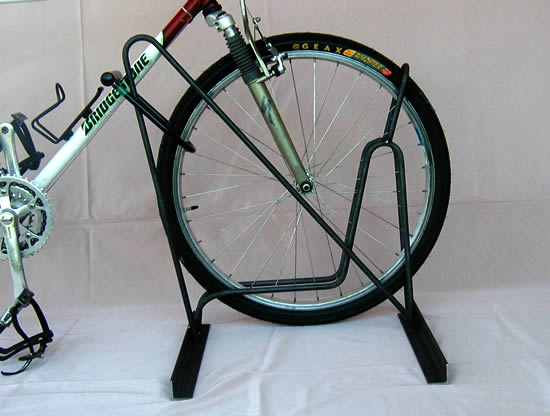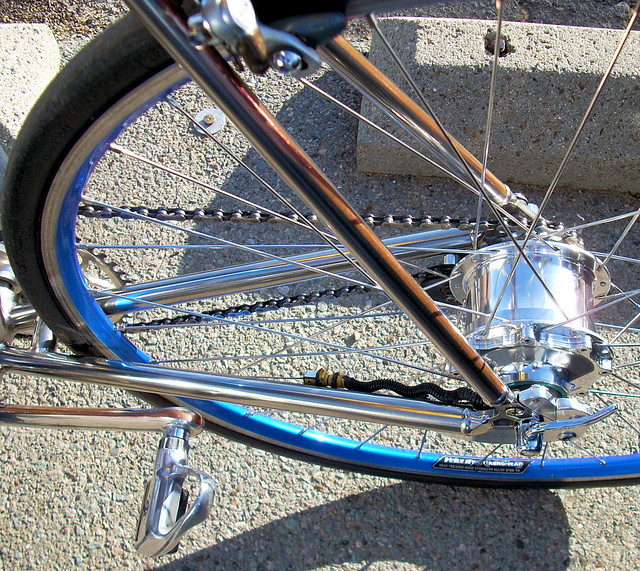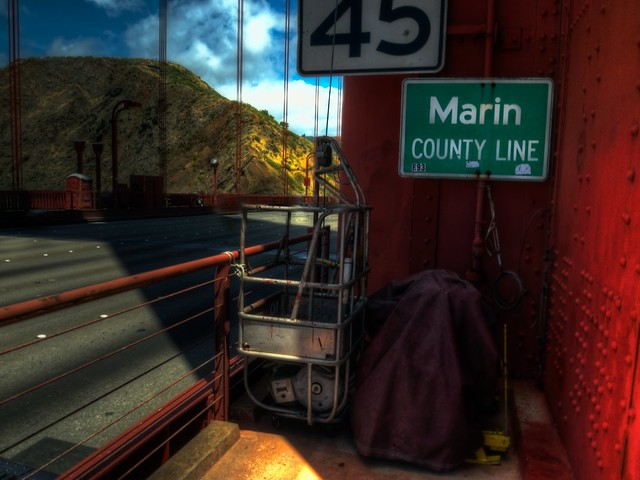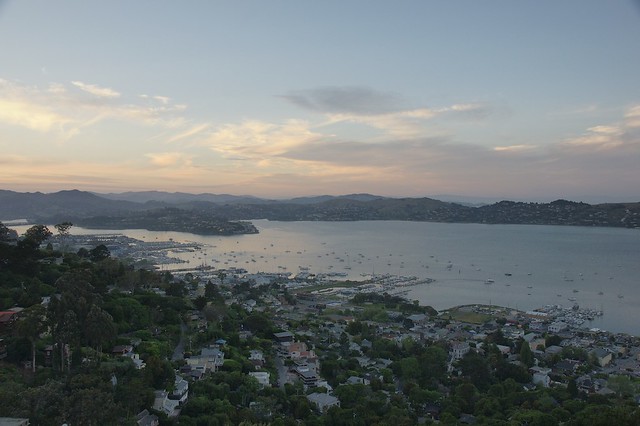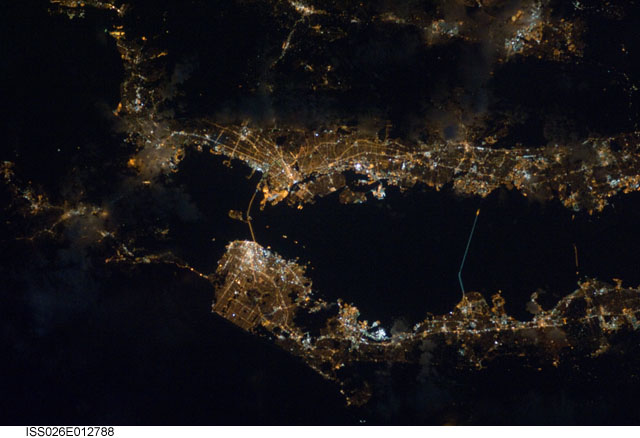 Yesterday, I realized I have more ideas for blog posts than I have time to do them. I’m in the middle of a series of posts on Larkspur Landing – I have two more to go – and the issue of affordable housing has reared its ugly and nonsensical head once again in Marin. I’ve also started blogging about the broader region at our sister site, Vibrant Bay Area. Unless one of you wants to pay me, you’re probably not going to get as much analysis as you or I would like to see.
Yesterday, I realized I have more ideas for blog posts than I have time to do them. I’m in the middle of a series of posts on Larkspur Landing – I have two more to go – and the issue of affordable housing has reared its ugly and nonsensical head once again in Marin. I’ve also started blogging about the broader region at our sister site, Vibrant Bay Area. Unless one of you wants to pay me, you’re probably not going to get as much analysis as you or I would like to see.
Thankfully, I’m on a microblogging site you may have heard of called Twitter, so I condensed them down into a series of hypotheses. Though I’m confident there is enough data to back up these statements, I haven’t investigated them to confirm that my hunches are correct.
Microblog post: Bike infrastructure that doesn't accommodate utility biking, cargo bikes, and children is only half-ass bike infrastructure
— The Greater Marin (@theGreaterMarin) March 21, 2013
Pardon the swear here. Bicycling, if it's going to take off in the US, needs to be more than some paint on the side of the road. Known in California as the Class II bike lane, the bike lane is far better than nothing but far worse than ideal. To me, if you're uncomfortable riding a cargo bike on it, or if you wouldn't send your 8-year-old to school on it, then it's not good enough to put cars and bikes at parity.
Microblog post: The Bay Area needs to quit with the transit villages & look at buses as real transit that can support upzoned retail strips
— The Greater Marin (@theGreaterMarin) March 21, 2013
Cities are not isolated pockets around subway stations. They are integrated fabrics. San Francisco is walkable even far from BART stations, when the only transit is a bus. Since most of the Bay Area is designed around retail strips like El Camino Real, upzoning plans need to take that into consideration. Bubbles of walkability, like Santana Row in San Jose or the BART transit villages, don't encourage people to live car-free lifestyles, only a car-free commute. By connecting high-density rail-oriented areas with moderate density bus-oriented areas, the Bay Area could improve its mode share mix immensely.
Microblog post: Cities alone won't solve income inequality, so stop looking to poor (no rich) (no unproductive) hipsters to do it for you.
— The Greater Marin (@theGreaterMarin) March 21, 2013
The term "hipster" has become so over-used it's lost what little meaning it once had. Hipsters are supposed to save the city (a simplification of Richard Florida's theory of the creative class) and destroy the city (a simplification of Joel Kotkin's opposite theory). They're poor and unproductive one moment, rich and entitled the next. The latest in this devolving debate has Richard Florida positing that a lot of creative class types in a single city lowers income inequality. Joel Kotkin responded with a glorified, Told you so, which led to a Florida response of, No, idiot.
Through it all, I just wish people would leave the poor/rich/entitled/gentrifying/unproductive saviors of our society alone. Income inequality is more complicated than theories of cities, and no single class of people is the salvation or damnation of our society.
And stop calling them hipsters.
This might actually become a post: The whole urbanist thing can be summed up as the pursuit of max. efficiency of access within constraints.
— The Greater Marin (@theGreaterMarin) March 21, 2013
Actually, it probably won't. In occurred to me that urbanism was the pursuit of maximum efficiency of access within the constraints of the age. In our age, those constraints are principally about preservation of land, character, history, and preexisting residential neighborhoods. In other ages these were sunlight and fresh air; defensibility; or access to water.
I define access as the number of destinations within a given travel time by a given mode, and I define efficiency as minimizing negative externalities and maximizing positive externalities in the course of one's daily routine. That's too technical. In other words, how much does our urban design pollute? How much does it make us healthier or sicker? How much land does it use up? How much does it cost? And so on.
My definition could be rephrased. Urbanism is the pursuit of the most access at the least cost to ourselves and to our environment within a community's chosen or necessary constraints. Decisions from transportation to zoning hang from this.
Last microblog post: With the CC, ACE, and BART, the East Bay has more potential transit capacity than the Peninsula. It should act like it.
— The Greater Marin (@theGreaterMarin) March 21, 2013
The East Bay has a wealth of rail infrastructure. It has two parallel passenger rail lines running from Richmond to Fremont and branches going in all directions, while the Peninsula has only one rail line going north-south. The Peninsula's rail capacity will be constrained by the blended Caltrain-High Speed Rail plan, while the East Bay's capacity will not be.
Rather than pursue BART expansions and inefficient ferry service to San Francisco, it should bolster its Amtrak and ACE service to be true rapid transit in parallel to BART and Caltrain. It should restructure its zoning to encourage new neighborhoods to develop for San Franciscans fleeing ludicrous rents. And it should invite tech companies to build new neighborhoods around their train stations instead of new office parks in the middle of nowhere.
Each of these ideas should be pursued, but I fear I must decline the call. That shouldn't stop you from heeding the call, of course. If you agree, or even if you disagree, pitch me a story on one of these themes. I might end up running it.


